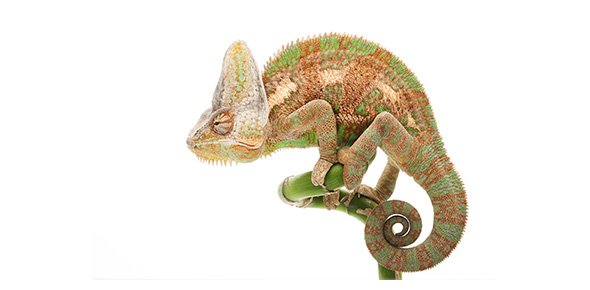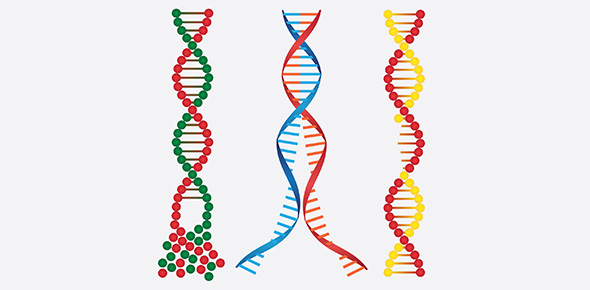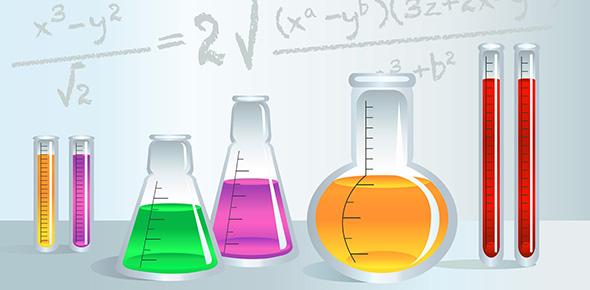Related Flashcards
Related Topics
Cards In This Set
| Front | Back |
|
Chemistry
|
Study of the structure of matter and the composition of substances, properties, and chemical reactions.
|
|
Biochemistry
|
Study of chemical reactions in living things
|
|
Matter
|
Anything that has weight (mass) and occupies space. matter exists in forms of solid, liquid and gas. matter is not created or destroyed, can change form through physical or chemical means.
|
|
Examples of matter in the body
|
Solid-bone
liquid-blood
gas-oxygen
|
|
Example of how matter can change form
|
Physical change occurs when chewing a piece of food and it breaks up, chemical change occurs when the food is acted on by various chemicals in body to change its composition.
|
|
Energy
|
Ability to do work or to put matter into motion. energy exists in our body as potential and kinetic energy
|
|
Examples of energy
|
Potential - energy stored in cells waiting to be released. example, lying down
kinetic- is work resulting in motion
example- getting out of bed
|
|
Atoms
|
Smallest piece of an element. they are invisible to human eye, they surround us and are part of our human structure. hydrogen is an example
|
|
Atoms are made up of subatomic particles
|
Protons- have a positive + electric charge
neutrons- no electric charge
electrons- have a negative - electric charge, they arranged around the nucleus in orbital zones or electron shells. atoms usually have more than one electron shell
|
|
What makes up the nucleus of the atom
|
Protons and neutrons
|
|
Number of protons of an atom is equal to the number of electrons
|
Atoms are neutral. an atom can share or combine an electron with another atom to form a chemical bond. if one atom gives up and electron or proton to another atom to form this bond, it will either have more protons or electrons resulting in having a positive or negative charge.
|
|
Isotopes
|
Atoms of a specific element that have the same number of protons but a diff. number of neutrons. all isotopes of a specific element have the same number of electrons
|
|
Radioactive isotopes
|
Unstable isotopes and may decay ( come apart ). as they decay they give off energy in the form of radiation which can be picked up by a detector. these kinds of isotopes can be used to study structure and function of particular tissue.
|
|
Nuclear medicine
|
Uses radioactive isotopes to prevent, diagnose and treat disease. common ones include thyroid, prostate cancer, cancer bone pain. radioactive isotopes are pointed directly at the disease and destroy the diseased tissue.
|
|
Elements
|
atoms that are alike combine to form. it is a substance that can't be created or destroyed. elements can exist in more than one phase of the body.
|








